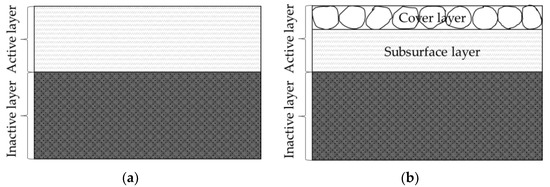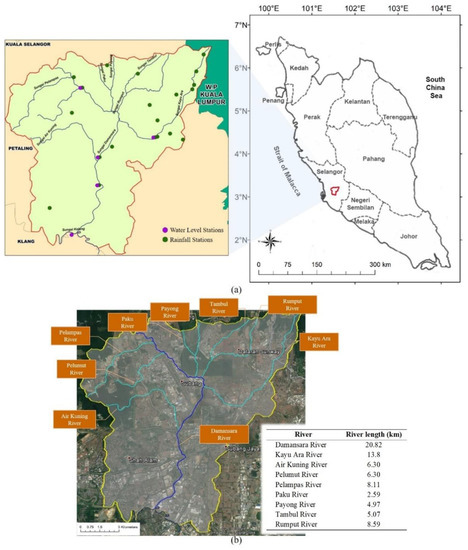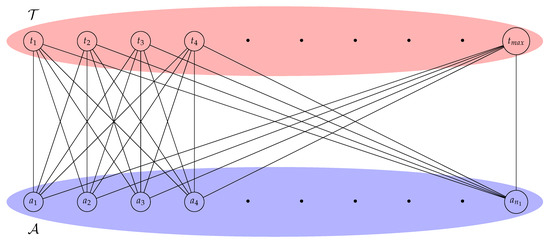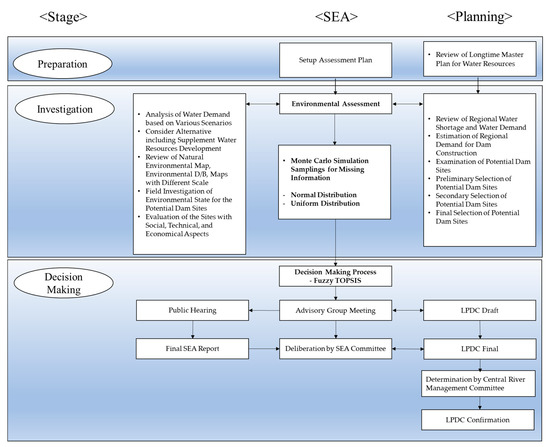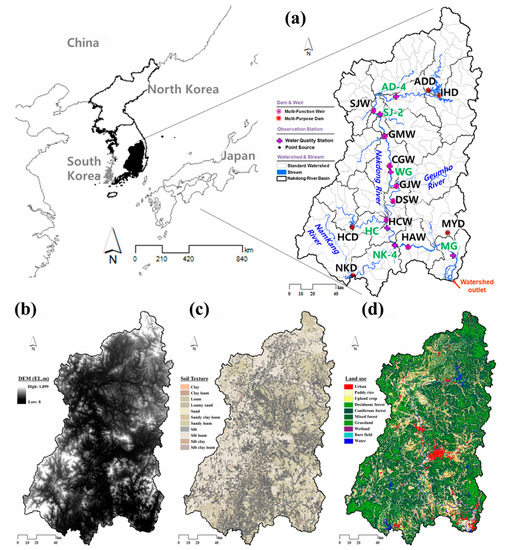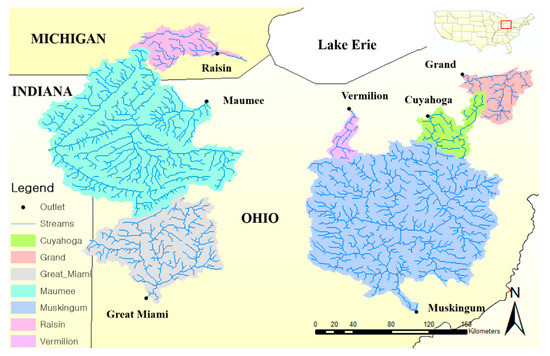Modeling and Simulations for Sustainable Water Environments
A topical collection in Sustainability (ISSN 2071-1050). This collection belongs to the section "Hazards and Sustainability".
Viewed by 23617Editors
Interests: urban hydrology; urban green infrastructure; urban water availability; urban stormwater management; water quality modeling
Special Issues, Collections and Topics in MDPI journals
Interests: stochastic hydrology; hydroclimatology; statistical hydrology; data mining; riverine nutrients; precipitation frequency; flood frequency; climate change
Special Issues, Collections and Topics in MDPI journals
Interests: hydrology; environmental engineering; hydrological modeling; spatial–temporal analysis; hydro-meteorology; risk analysis; climate change impacts; statistical analysis
Special Issues, Collections and Topics in MDPI journals
Topical Collection Information
Dear Colleagues,
It is with great pleasure that we ask you to share your novel research results in the field of modeling and simulation, including hydrology, hydraulics, and water quality, and ecology in a broad sense, to the Topical Collection “Modeling and Simulations for Sustainable Water Environments” of the journal Sustainability by MDPI. Water availability, hydroclimate variables, water pollution, and ecological impairment are major environmental threats affecting the status of water environment and the human society within them. In addition, climate uncertainty adds complexity to work in sustainable management planning to deal with the above water issues. Various water and environmental models are valuable tools in finding ways to solve environmental problems and mitigate the impact of land use, future climate, and socioeconomic changes on water and environment. Particularly, in the past decade, monitoring that have become increasingly available to improve models in representing actual performance/prediction processes, and land and water management practices, towards an overall improvement of future planning and management of water related environments. This Topical Collection of Sustainability is envisioned to showcase the state-of-the-art in the adaptation and use of observed data for hydrological, hydraulic, water quality, and ecological models at different scales and climatic regions and their application. We hope that new data/methods/models will help us to highlight recent progress in tackling real water environment problems and to outline possible issues that need more focused research.
Prof. Dr. Daeryong Park
Prof. Dr. Momcilo Markus
Prof. Dr. Myoung-Jin Um
Collection Editors
Manuscript Submission Information
Manuscripts should be submitted online at www.mdpi.com by registering and logging in to this website. Once you are registered, click here to go to the submission form. Manuscripts can be submitted until the deadline. All submissions that pass pre-check are peer-reviewed. Accepted papers will be published continuously in the journal (as soon as accepted) and will be listed together on the collection website. Research articles, review articles as well as short communications are invited. For planned papers, a title and short abstract (about 100 words) can be sent to the Editorial Office for announcement on this website.
Submitted manuscripts should not have been published previously, nor be under consideration for publication elsewhere (except conference proceedings papers). All manuscripts are thoroughly refereed through a single-blind peer-review process. A guide for authors and other relevant information for submission of manuscripts is available on the Instructions for Authors page. Sustainability is an international peer-reviewed open access semimonthly journal published by MDPI.
Please visit the Instructions for Authors page before submitting a manuscript. The Article Processing Charge (APC) for publication in this open access journal is 2400 CHF (Swiss Francs). Submitted papers should be well formatted and use good English. Authors may use MDPI's English editing service prior to publication or during author revisions.
Keywords
- Hydrological/hydraulic/water quality/ecologic modeling
- Performance modeling, calibration, simulation
- Data analysis/data assimilation
- Statistical analysis and modeling
- Climate change effects
- Extreme flood and droughts
- Stormwater







